Behaviour Modification
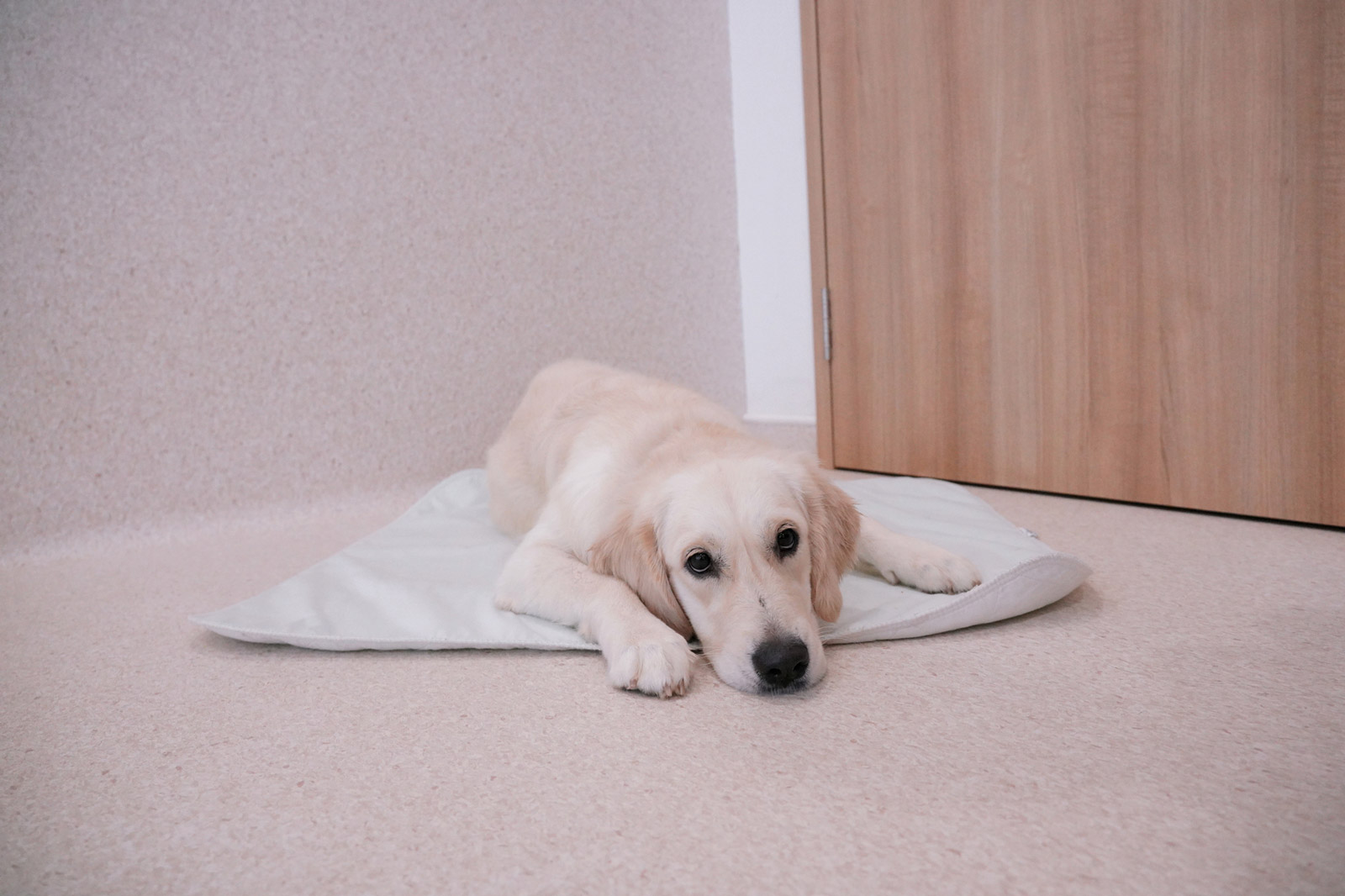
Separation Anxiety
Separation Anxiety is a stress response, displayed by dogs who are overly attached or dependent on their owner or family members in their absence.
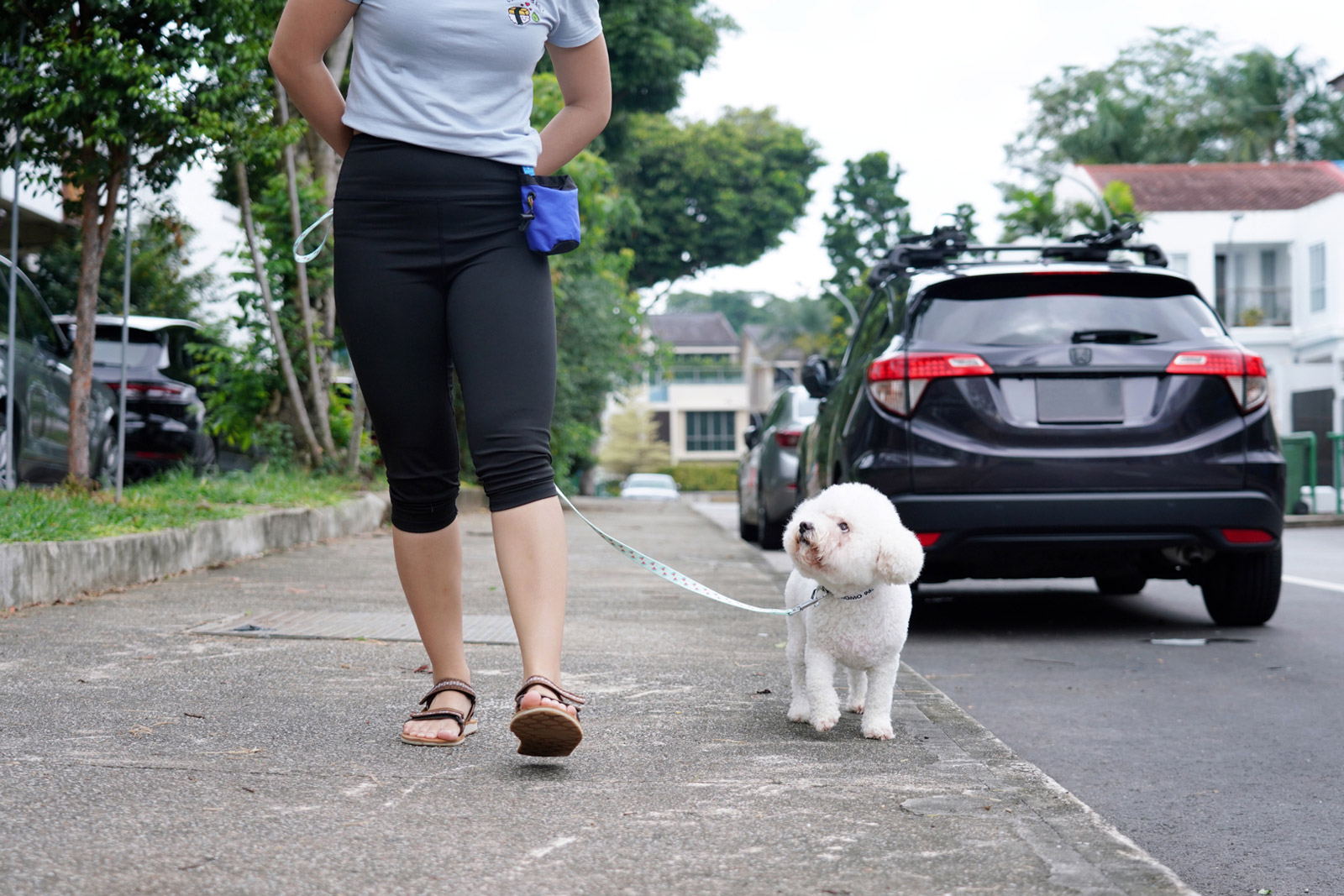
On-leash Reactivity
Dogs on leashes have a more limited range of choices they can make, so those unfamiliar with leashes may express their fear or discomfort as a way to create space for themselves.
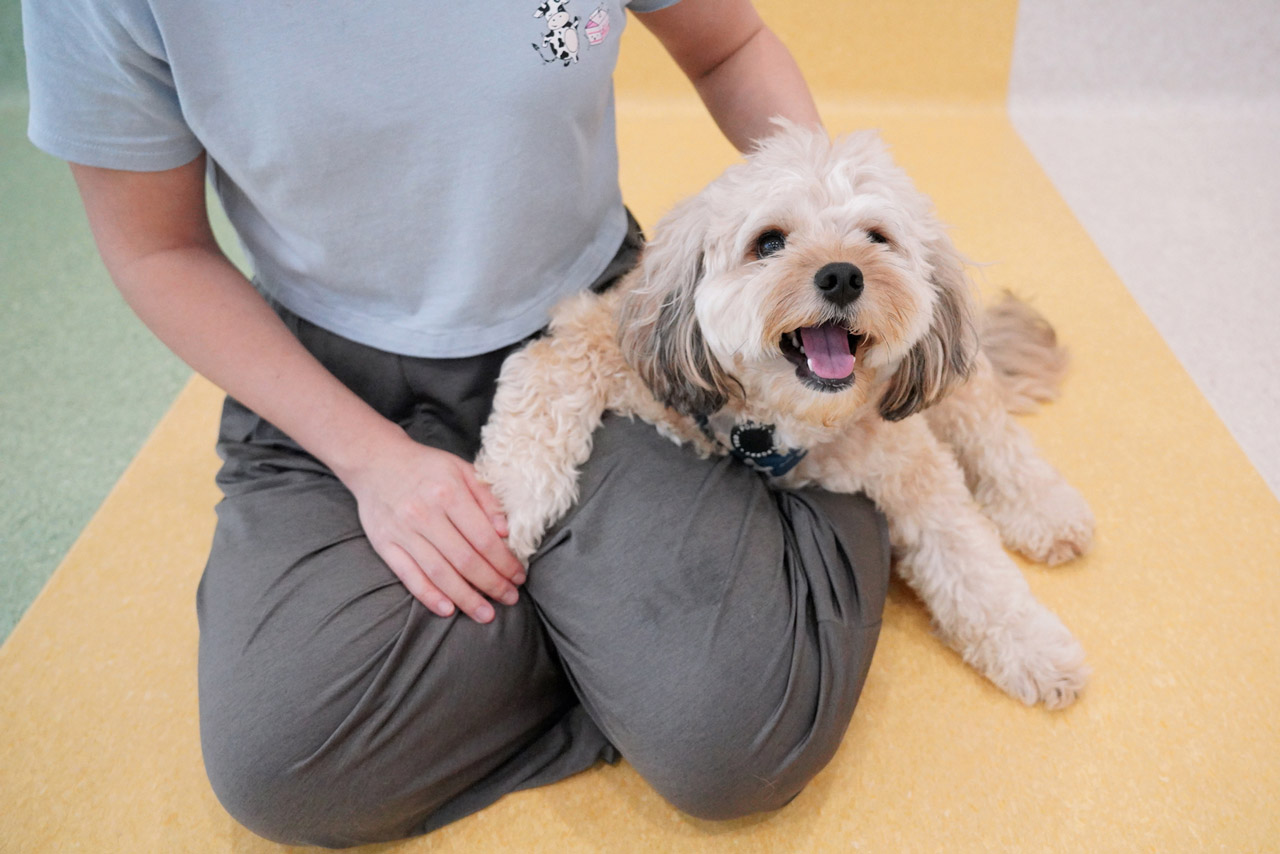
Stranger Danger
Not all dogs are equally fond of meeting new people. There can be many reasons why your dog is fearful, so it is important to understand what they're trying to communicate to us.
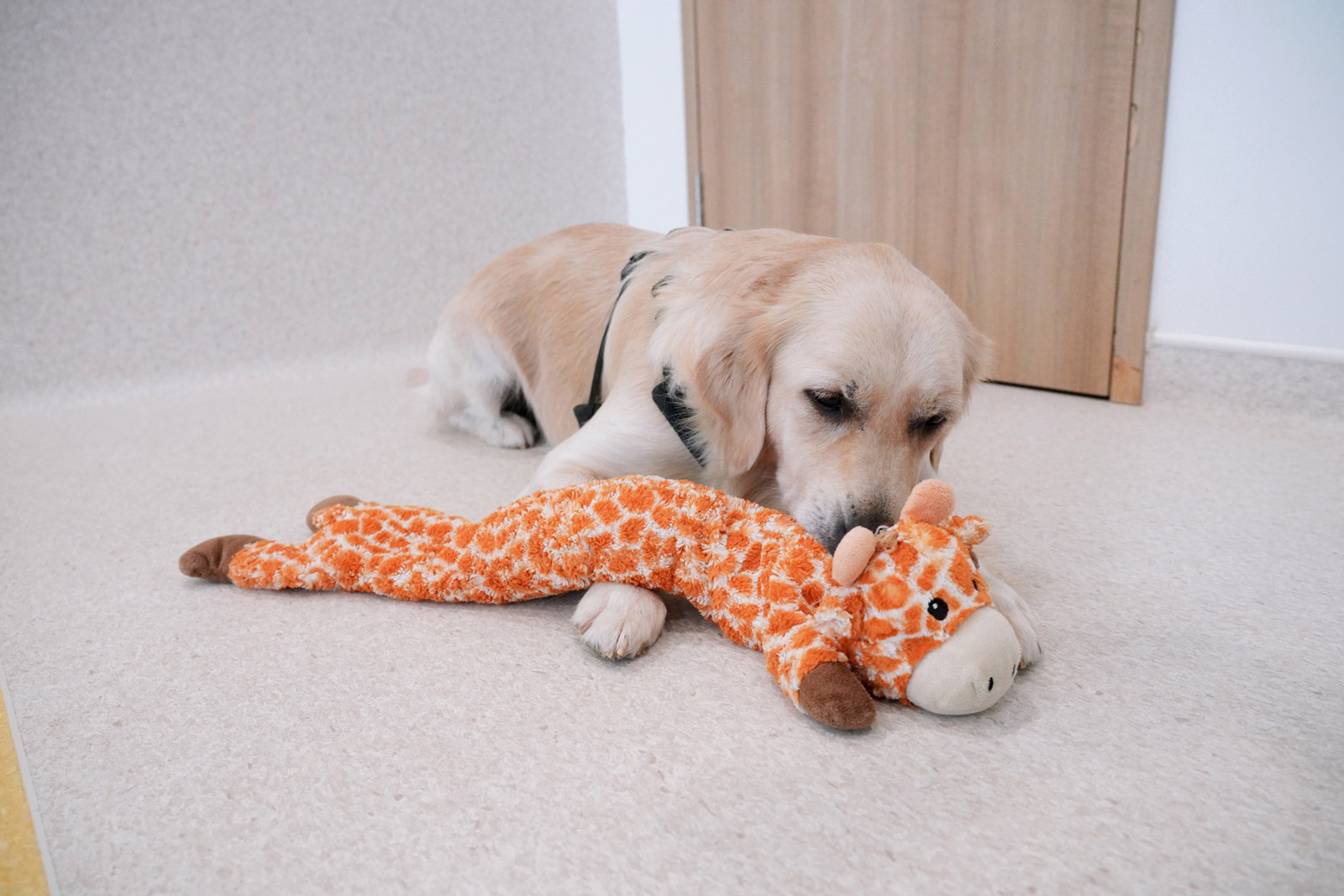
Resource Guarding
While resource guarding is a natural dog behaviour, it is not a desirable one in domestic settings as it can lead to more dangerous problems when they decide to bite or fight over an item.
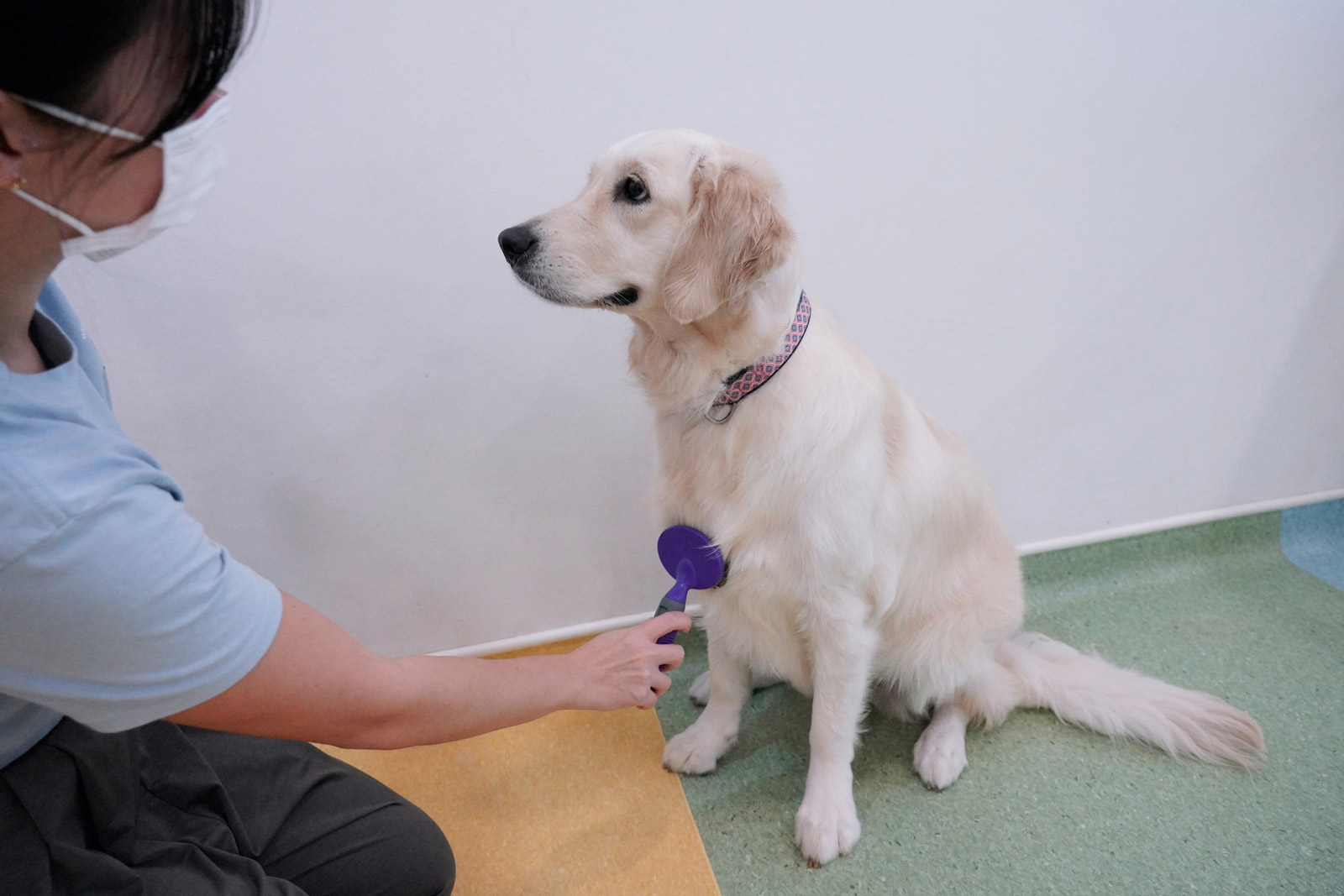
Vet Check & Grooming
Vet checks and grooming are two of the more common handling procedures your dog will experience in their life. When they are unfamiliar with it, it can be stressful for them.
Class information
Price
- Initial behaviour assessment (1.5 hours), in-campus — S$321.55
- Initial behaviour assessment (1.5 hours), in-home (core central) — S$376.05
- Initial behaviour assessment (1.5 hours), in-home (outside central) — S$436.00
Follow up lessons
- Follow-up in-campus training — S$234.35/hour (pay per lesson)
- Follow-up in-home training (core central) — S$288.85/hour (pay per lesson)
- Follow-up in-home training (outside central) — S$348.80/hour (pay per lesson)
You may also opt for the following class packages:
Packages
- 4 one-hour lessons, in-campus — S$817.50
- 6 one-hour lessons, in-campus — S$1,231.70
- 4 one-hour lessons, in-home (core central) — S$1,046.40
- 6 one-hour lessons, in-home (core central) — S$1,580.50
- 4 one-hour lessons, in-home (outside central) — S$1,558.70
- 6 one-hour lessons, in-home (outside central) — S$1,853.00
Additional travel charges apply for outside core-central locations (outside of district 9, 10, 11; +S$50/visit).
More about behaviour modification
Understanding your dog's behaviour
What is behaviour modification?
Behaviour is the product of various hormones and neurotransmitters being triggered by environmental stimuli[2]. As these neurochemicals are usually regulated outside of one’s conscious control, it is impossible to completely stop them once activated. While it is possible to block or suppress the ensuing behaviour temporarily, it is not a long-term solution. The outcome of those chemical reactions will eventually be expressed as it needs a channel to be released.
Behaviour modification, then, is the process of addressing certain issues, exhibited by your dog, through altering unwanted or undesirable behaviour. It requires time and patience (weeks, months or even years, depending on the intensity of the problem). Results will vary too, from case to case, since every dog’s personality and past history is unique[1].
As the causes of behavioural problems are multidimensional, assessing them properly will require an understanding of dog ethology, learning theory and human behaviour. Before designing a treatment program that will benefit your dog, we will require information on your dog’s medical history, since problems can also be caused by medical conditions. Once medical problems can be ruled out as the source of the issue, the underlying cause(s) can then be evaluated much more accurately.
As such, we are only taking behaviour modification cases from referrals by veterinary professionals at the moment.
[1] Overall, K.L. 2013. Manual of clinical behavioral medicine for dogs and cats. St Louis, Mosby Elsevier Inc.
[2] Sapolsky, R. M. (2017). Behave (R. M. Sapolsky (ed.)). Penguin Books.
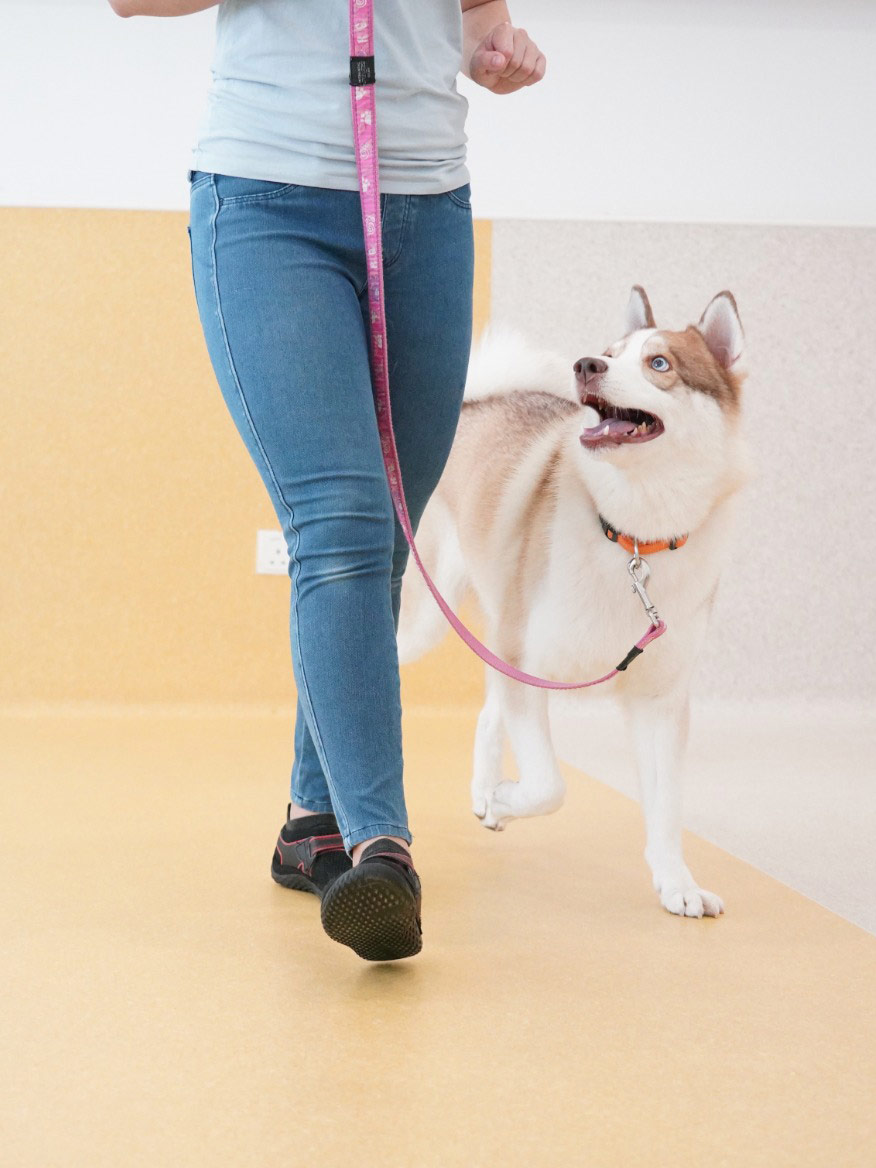
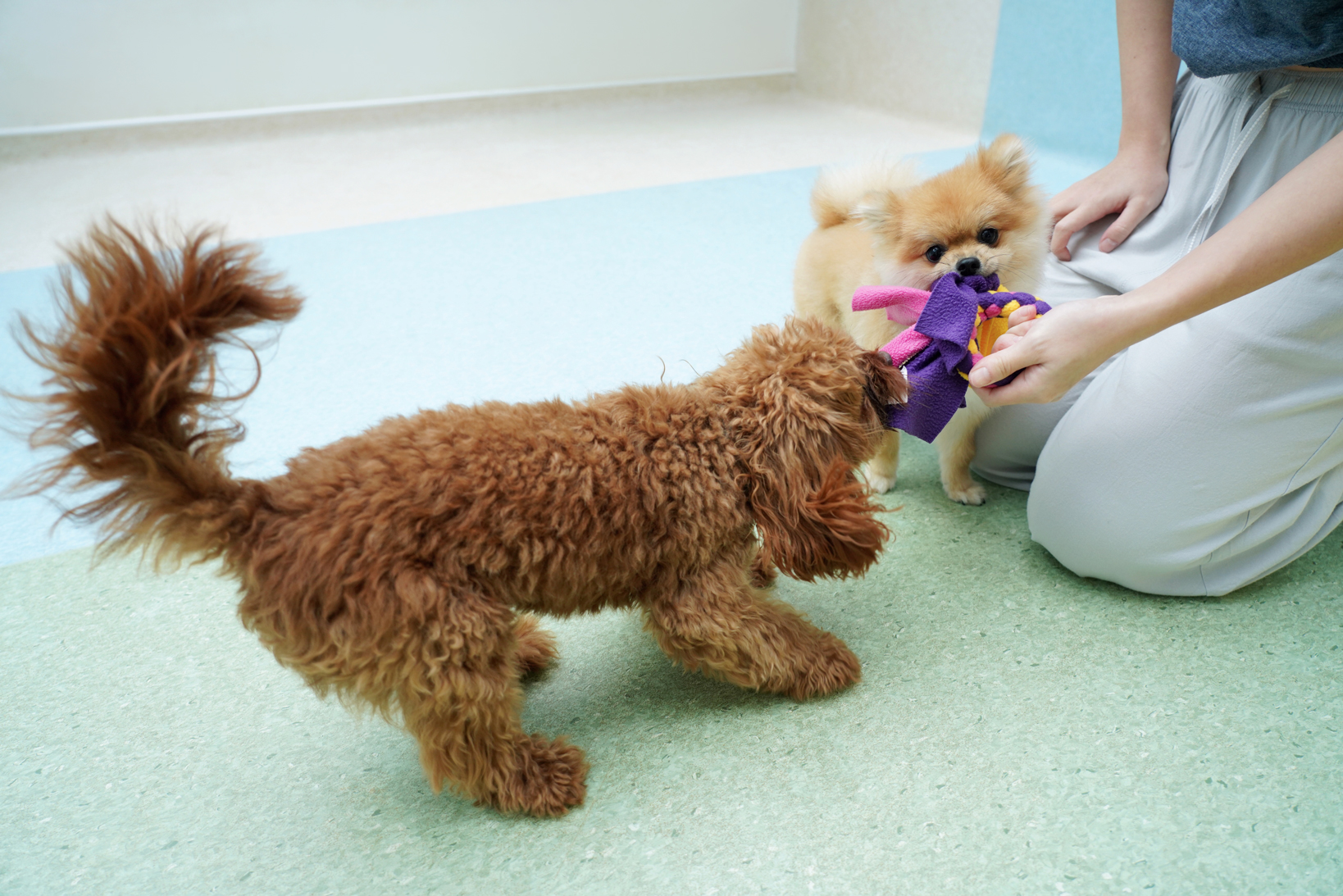
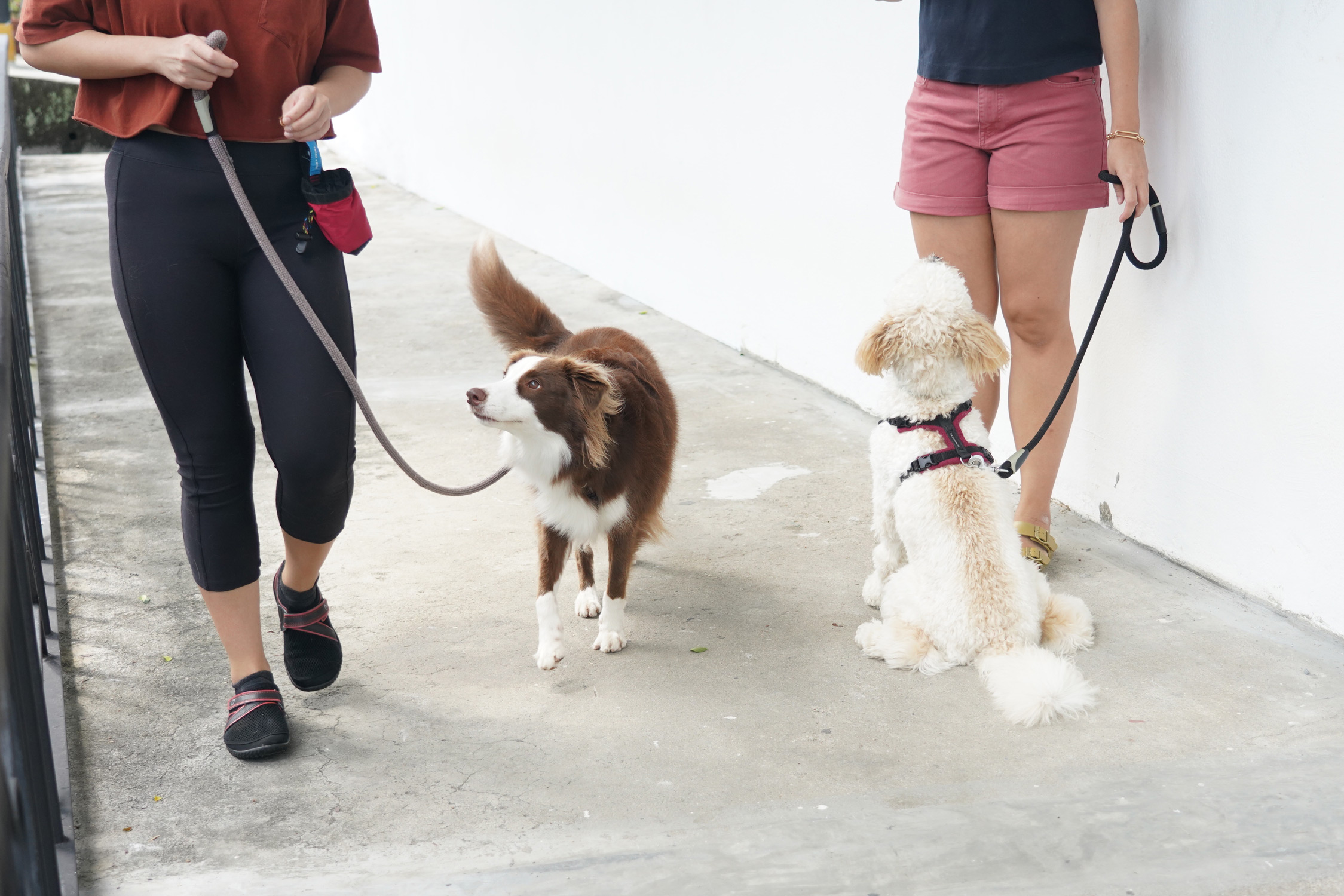
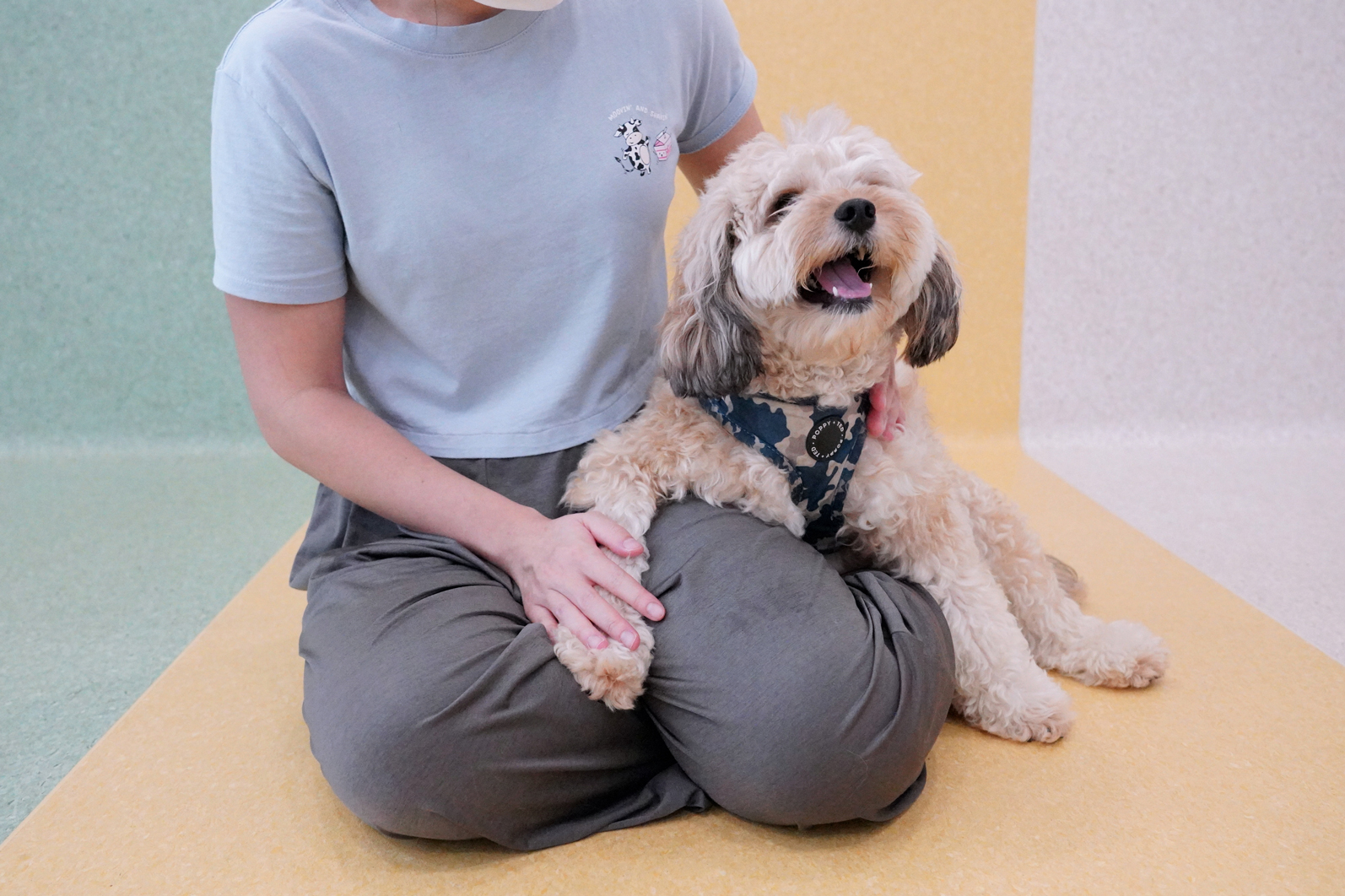
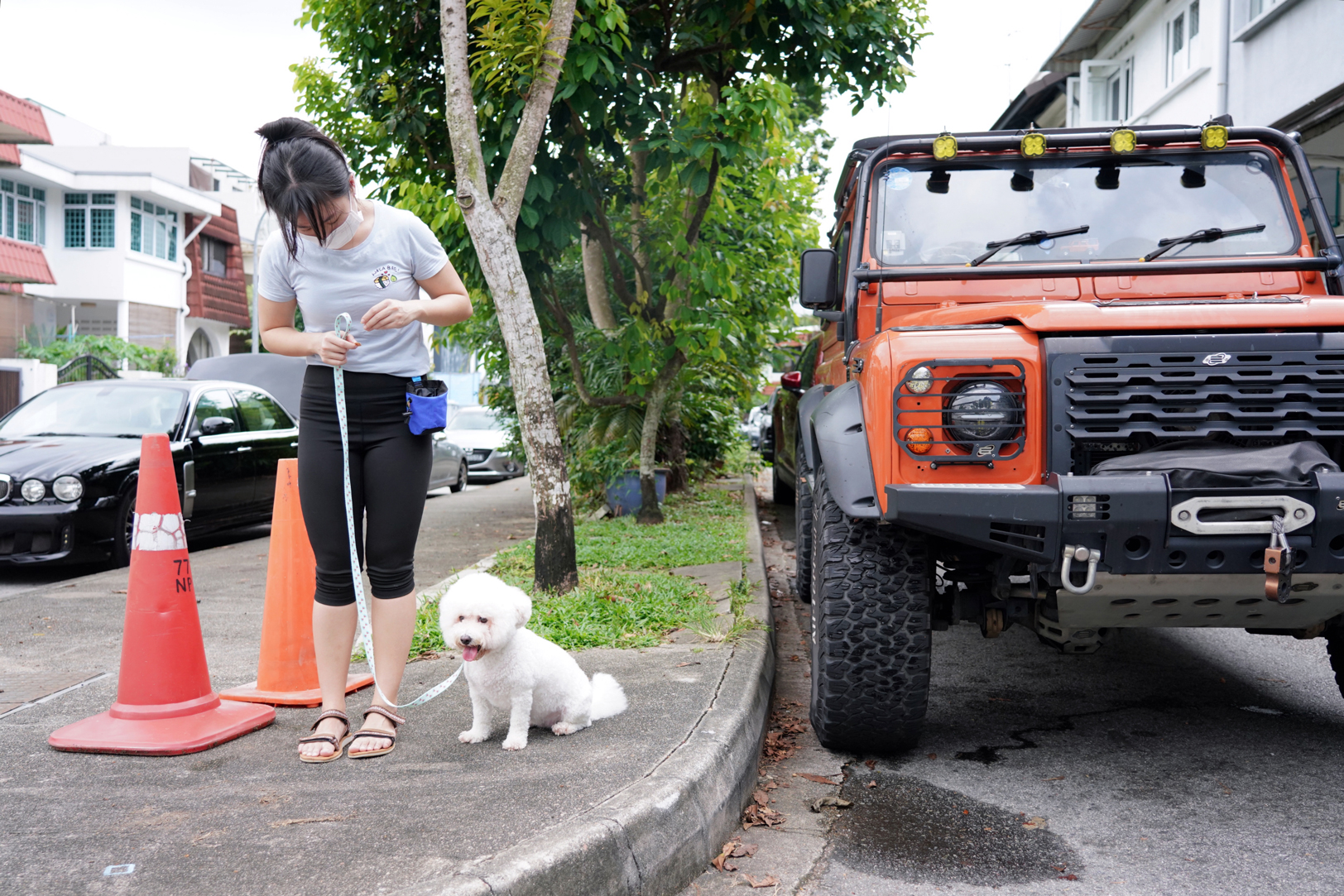
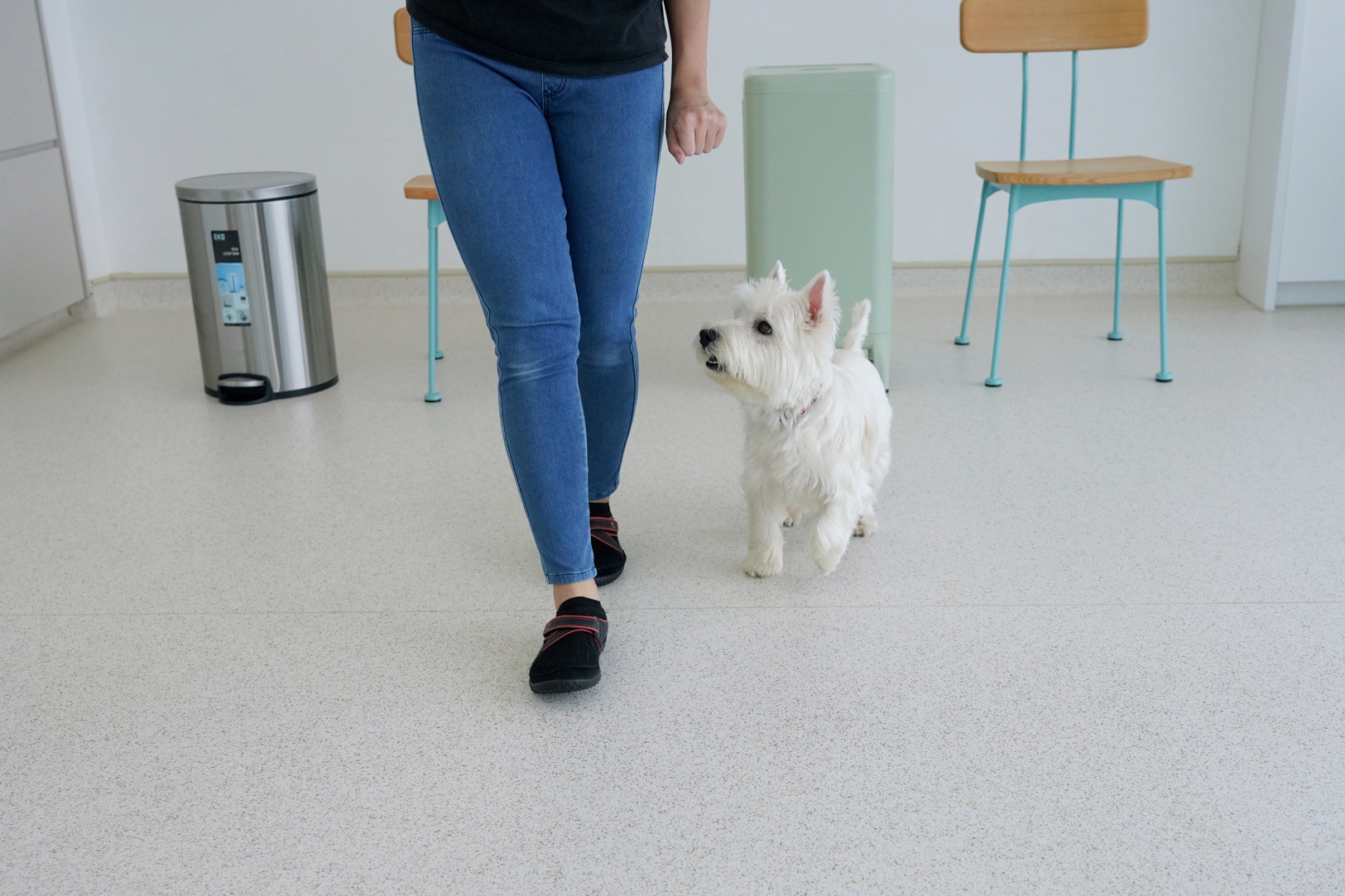
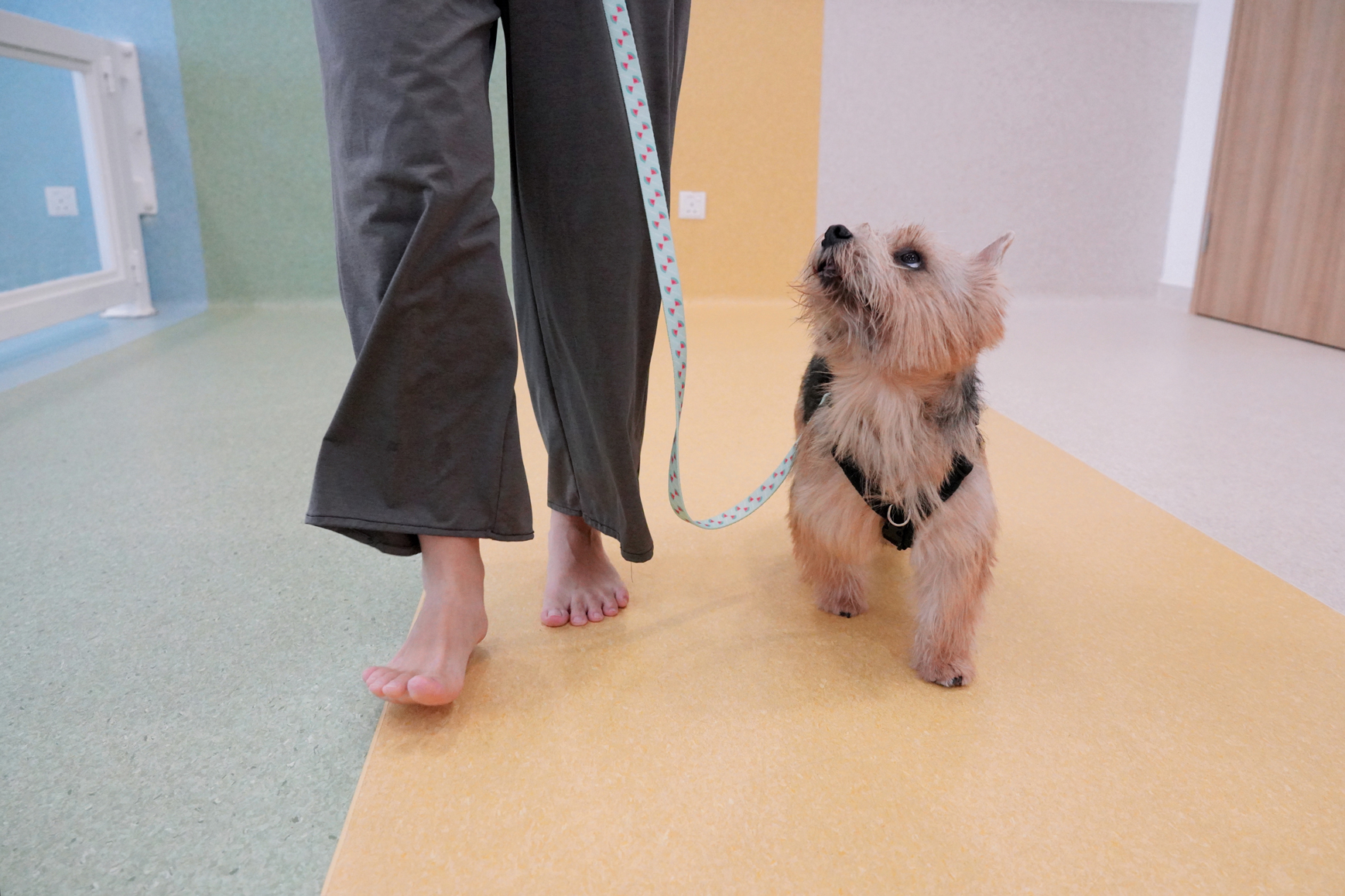
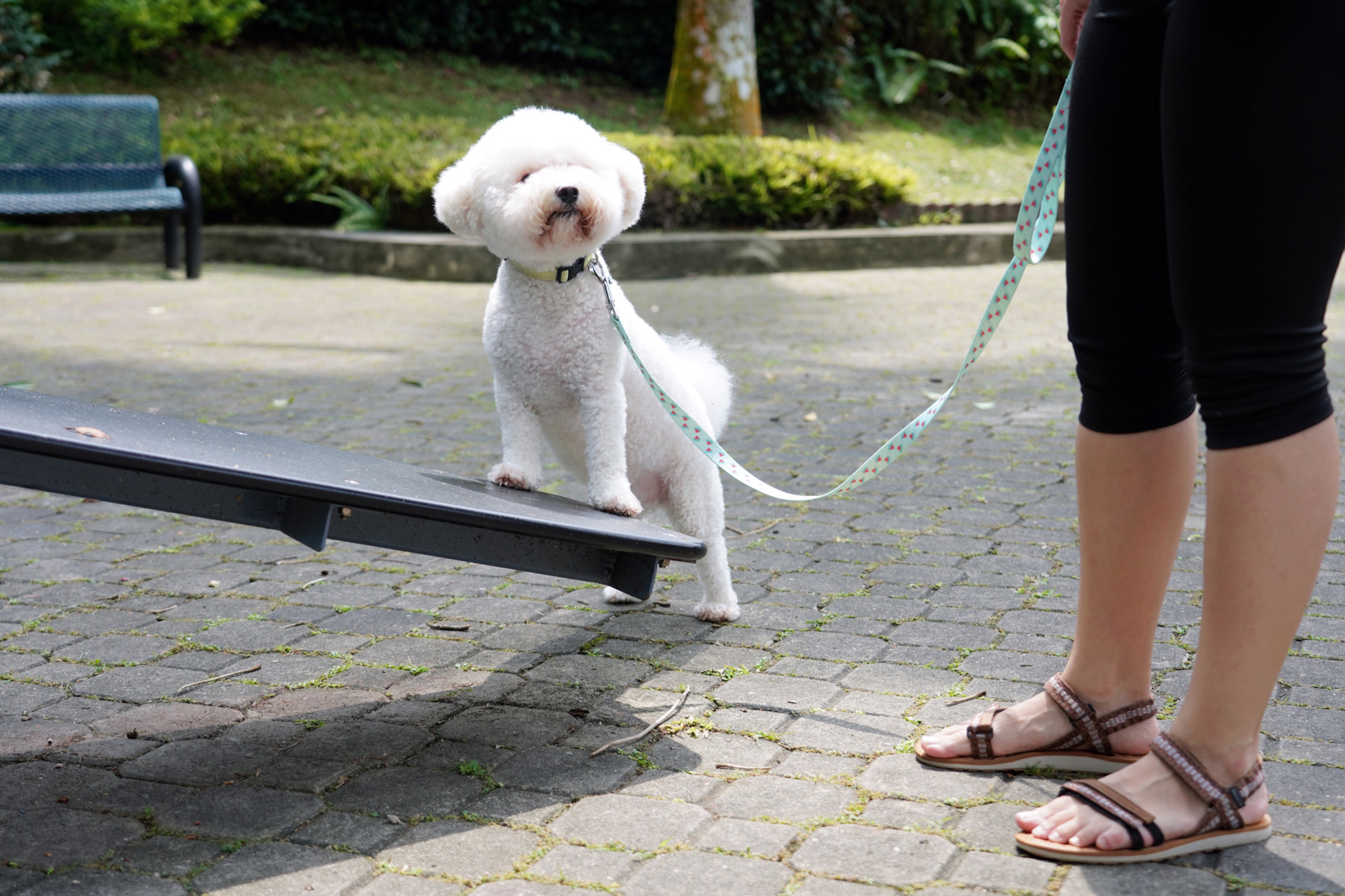
How does it work?
We use systematic counter-conditioning and desensitisation to change a dog’s emotional response towards something they fear, dislike, or react negatively to.
There are a few ways of altering a dog’s displayed behaviour. One way is through changing the way they view a specific trigger or situation (which changes their emotional response). Another way is to provide them a different outlet to channel their energy, stress or frustration[2]. For example, teaching a dog to grab a toy instead of jumping to express enthusiasm.
Every behaviour modification class starts with a single session to evaluate your dog and develop a training plan (dependent on the result). This session is for the lead trainer to gather as much information as possible to understandd your dog’s behaviour. You will also receive initial guidance on how to start training your dog so that you can begin to address the pressing problems immediately.
As behaviour problems are complex, results cannot be guaranteed but we will do our best to guide your dog and you towards overcoming the fear or trigger, so that your dog can be happier and more confident. You, as the owner, will also be equipped with the skills and knowledge to help your dog get through troubling situations.
The evaluation is usually done in-campus and will take about 1.5 hours. Follow-up sessions are charged by the hour, but you may also opt for class packages listed below.
About our lead dog behaviourist
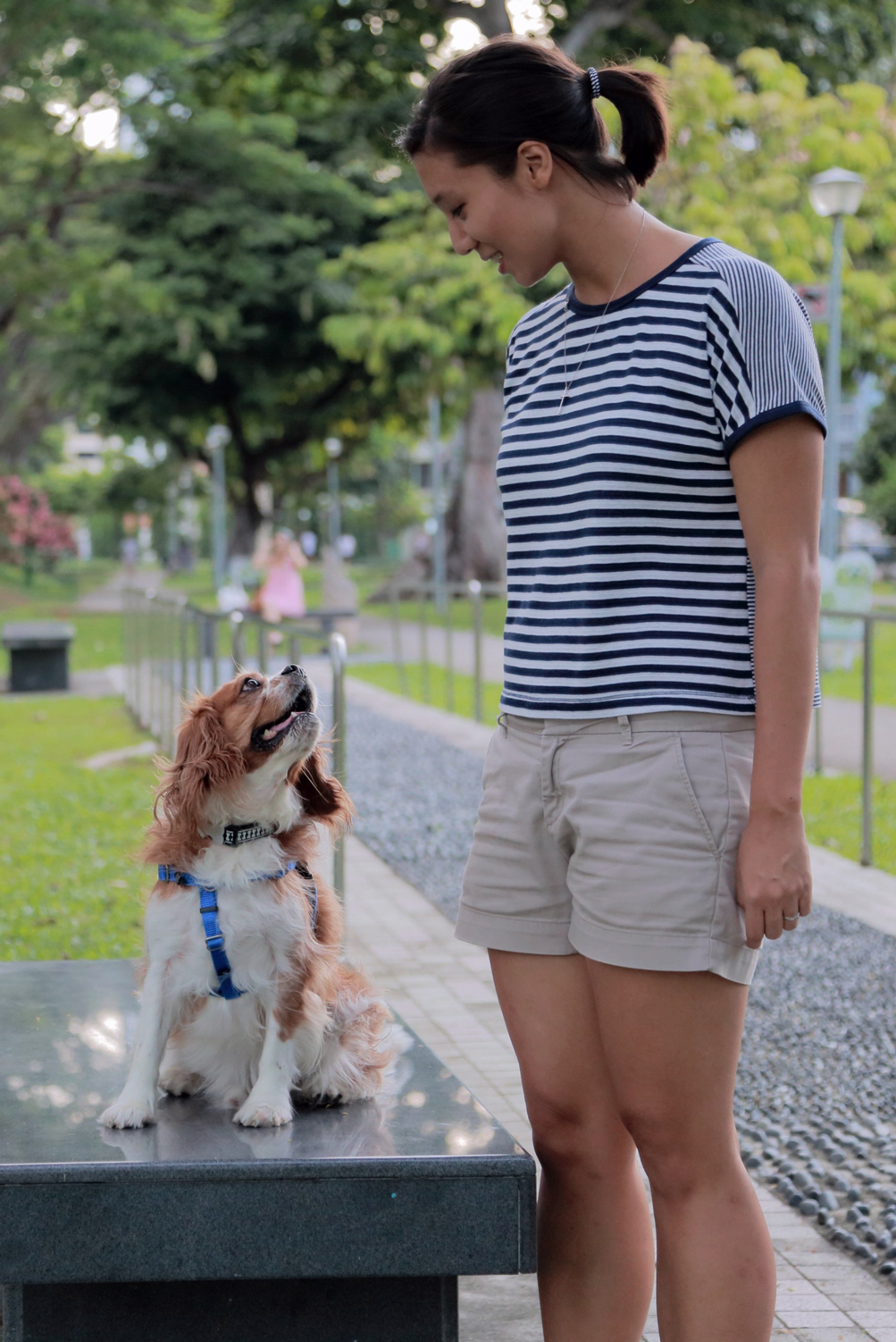
Lead Dog Trainer & Senior Behaviour Consultant
Kristina Dieta S.
Certifications
Graduate of Master Course – Aggression in Dogs (taught by Michael Shikashio)
MSc – Bergin University of Canine Studies – USA
Certificate in Advanced Applied Ethology (CAAE) – Ethology Institute Cambridge – UK
Graduate, Certificate in Applied Animal Behaviour – UW-AAB, University of Washington – US
Our dogs are always communicating with us: through barking, scratching, nudging, and more. This is what we typically know as behaviour, a series of responses to internal and external stimuli. In the course of Kristina’s studies in canine behaviour, she has chosen to specialise in the study of animal behaviours in human-animal interaction to better understand what they’re communicating.
By employing science-backed methods and research in the field of canine behaviour and learning, Kristina is able identify the cause of the problem behaviour and tailor a suitable treatment plan for your dog (after ruling out any possible medical conditions). The list of behavioural issues she treats are listed above.
Kristina has also completed world-renowned aggression expert, Michael Shikashio’s master course in dog aggression, further equipping her in interpreting specific dog body language in a variety of cases.

